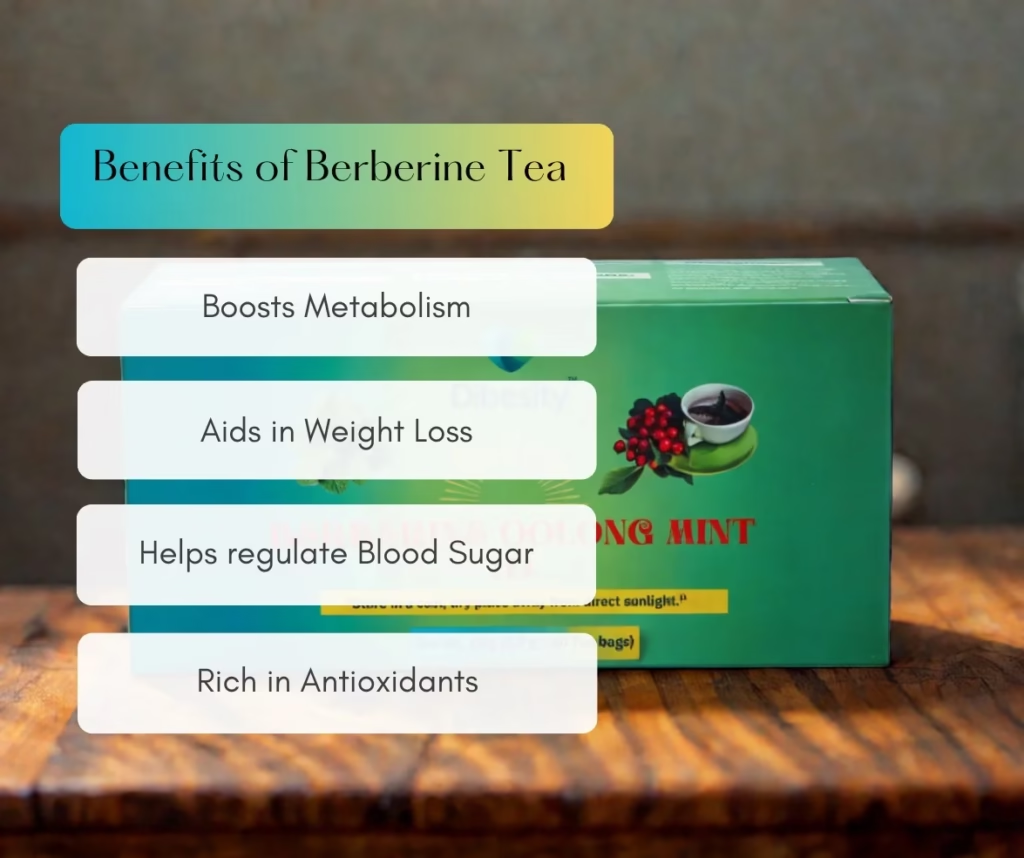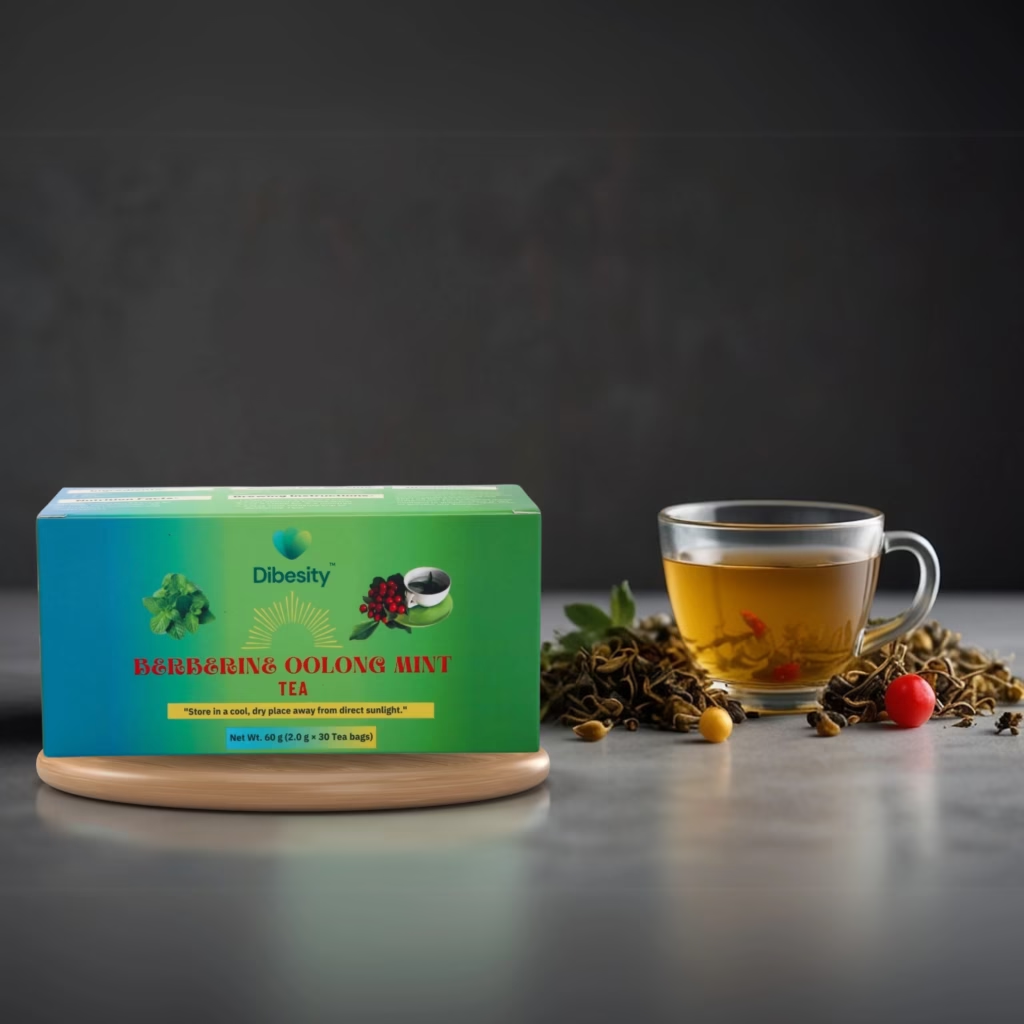Dupixent vs Cibinqo is a general comparison of the two drugs approved for the treatment of atopic dermatitis.
Atopic dermatitis, also called eczema, is a skin disease that is indicated by intense itching and dry, flaky, or cracked skin.
Previously, corticosteroids were a treatment option, but they often fall short when severe cases are concerned.
Dupixent and Cibinqo are new drugs that are gaining traction for treating eczema.
In this article, we will evaluate these two drugs’ efficacy and side effects.
What is Dupixent?
Dupixent (Dupilumab) is an injectable medicine that falls under interleukin inhibitors.
It is a human monoclonal antibody of the IgG4 class that binds the IL-4Rα and inhibits the signaling of IL-4 and IL-13.
By blocking IL-4 and IL-13, it inhibits the inflammatory signaling cascade. This inhibitory mechanism makes it a potent treatment option for managing severe eczema.
What is Cibinqo?
Cibinqo (Abrocitinib) is a relatively new oral treatment option in the list of eczema medications. It is a JAK inhibitor that aims to dampen cell signals leading to inflammation.
Specifically, it blocks JAK1 preferentially over JAK2 (28-fold), JAK3 (>340-fold), and tyrosine kinase (TYK) 2 (43-fold) [Ref].
Dupixent vs Cibinqo – Mechanism of Action
Dupixent | Cibinqo |
| Dupilumab works by inhibiting IL-4 and IL-13, which are involved in modulating responses associated with atopic dermatitis. It acts as a human monoclonal antibody and binds to interleukin receptors, thereby reducing the symptoms of AD. | Cibinqo is a Janus Kinase (JAK) inhibitor. JAKs are enzymes that play a significant role in signal transmission. Cibinqo acts by disrupting this communication pathway in immune cells. |
Dupixent vs Cibinqo – Which One is More Effective?
Clinical trials have shown that both Dupixent and Cibinqo are effective in reducing symptoms like itching, skin lesions, and flaky skin.
However, most of the data is based on independent studies.
According to one clinical study, JADE COMPARE trials studied the safety and efficacy of Cibinqo (Abrocitinib) and Dupixent (Dupilumab) in a 16-week treatment; the study concluded that Abrocitinib had better effects as compared to Dupixent (Dupilumab).
Moreover, the same study also concluded that Cibinqo (Abrocitinib) 200mg use was associated with greater side effects as compared to the 100mg dose or dupilumab. [Ref]
Likewise, another clinical trial with a total of 838 participants suggested that the 200mg dose of Cibinqo (Abrocitinib) was superior to dupilumab. [Ref]
Group | Patients | IGA (%) | EASI-75 (%) |
| Abrocitinib 200 mg | 226 | 48.4 | 70.3 |
| Abrocitinib 100 mg | 238 | 36.6 | 58.7 |
| Dupilumab | 243 | 36.5 | 58.1 |
| Placebo | 131 | 14.0 | 27.1 |
IGA: Investigator’s Global Assessment; EASI-75: Eczema Area and Severity Index-75 (Greater than 75% improvement from baseline score.
In another recent phase 3 trial, participants having moderate to severe atopic dermatitis were assigned Abrocitinib 200 mg and subcutaneous dupilumab 300 mg for 2 weeks.
It was noted that a large number of participants treated with Abrocitinib reached primary outcomes. [Ref]
Drug | Week 2 | Week 4 |
| Abrocitinib (n=357) | 172 (48 %) | 93 (25.8%) |
| Dupilumab (n=364) | 101 (28.6%) | 53 (14.6%) |
So, according to this data, Cibinqo is relatively more effective than Dupixent (Dupilumab) when given in higher doses. However, the risk of side effects is also higher with high doses.
Dupixent vs Cibinqo – Dosage
Dupixent Dose:
In adults, the recommended initial dosage is 600 mg, given as 300 mg injections, followed by a 300 mg dose every other week as a subcutaneous injection.
In pediatric patients, the dose differs according to age and body weight. For 6-month to 5-year-old kids with a weight of less than 15 g, 200 mg is given every 4 weeks.
For children weighing 15 to 30 kgs, the dose is increased to 300 mg every 4 weeks.
For pediatric patients aged 6 years to 17 years, the initial dose is 600 mg (15-30 kg) and 400 mg (30-60 kg), with subsequent doses of 300 mg and 200 mg every week.
Cibinqo:
100 mg orally once daily is the recommended starting dose.
200 mg once daily is recommended for patients not responding to the initial 100 mg dose.
For renal patients, the dose slightly differs. The starting dose is 50 mg per day.
There is limited evidence on the use of Cibinqo in pediatric patients <12 years old.
Side Effects of Cibinqo Vs Dupixent:
Cibinqo is associated with thrombosis, increased risk of death from cardiovascular causes, increased risk of cancer-like lymphoma, and infections.
Dupixent use is associated with allergic reactions, including injection site reactions, and keratoconjunctivitis, and should be avoided in patients with an acute flare of asthma.
Other common side effects caused by Dupixent and Cibinqo are listed below.
Dupixent | Cibinqo |
|
|
Apart from side effects, these drugs can also interact with other medications you are taking. That is why it’s safe first to discuss all your ongoing medications with your doctor.
Cibinqo Vs Dupixent for Atopic Dermatitis: Choosing the Right Treatment
Choosing the proper treatment is essential for AD patients. This is because the majority of the population with atopic dermatitis has tried multiple corticosteroids to reduce symptoms.
But still, most topical ointments often fail to ensure eczema site clearance. So, your doctor might have some critical considerations before starting a new treatment.
The extent of disease severity is the primary step. Dupixent is mainly recommended for severe cases, while Cibinqo can be used for moderate to severe cases. Moreover, Cibinqo is often a second option for patients who cannot tolerate Dupixent.
Your personal preference is also crucial. Some patients do not prefer injectable medications. That is why Cibinqo might be a good alternative for them.
Side effects are another key factor. For instance, Dupixent might not be favorable for someone with a history of eye infections.
Similarly, Cibinqo might not be safe for hypertensive people. In each case, the risk-to-benefit ratio is considered before selecting the treatment option.
Additionally, both Dupixent and Cibinqo are expensive medicines. Check with your insurance providers to have full coverage details.
Conclusion:
Dupixent and Cibinqo are effective in reducing symptoms of atopic dermatitis. However, some key differences still exist. Cibinqo is more effective when administered in higher doses.
Fortunately, the safety profiles of both drugs are similar. Still, the best choice depends on better tolerance, symptom reduction, and minimal side effects.
Moreover, JAK inhibitors like Cibinqo have opened a new area of research for treatment choices for atopic dermatitis.










